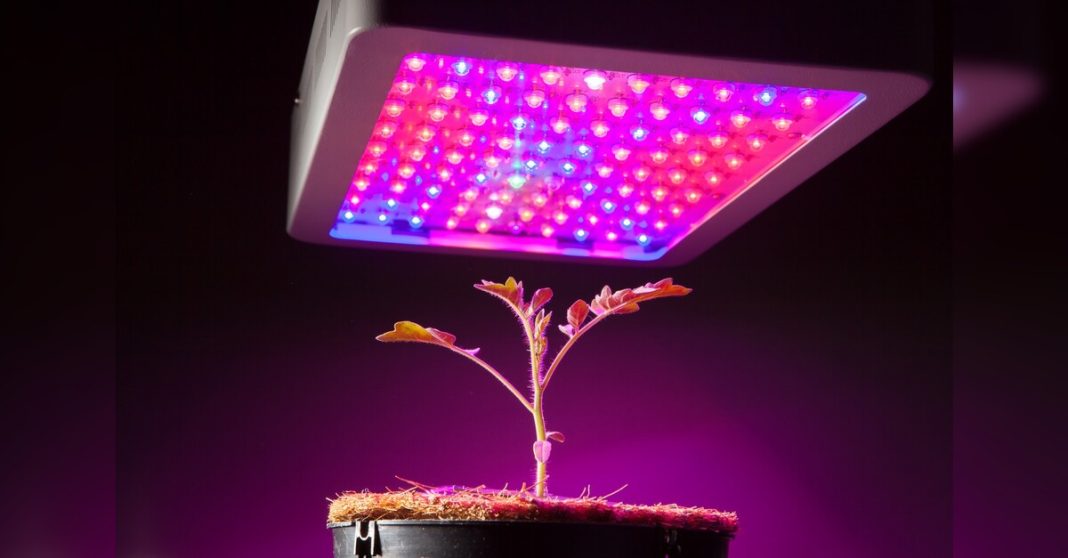Light is a critical factor in indoor gardening, playing a pivotal role in photosynthesis and overall plant health. However, while adequate light is essential for robust growth, too much light can have adverse effects on plants. In this article, we’ll explore the concept of excess light in a grow room, particularly concerning the use of 5×5 LED grow light, and discuss the potential consequences of overlighting your plants.
Understanding Excess Light:
Excess light, also known as light stress or photoinhibition, occurs when plants receive more light energy than they can effectively utilize for photosynthesis. This surplus of light can overwhelm the plant’s metabolic processes, leading to a range of physiological and structural changes that negatively impact growth and development.
Factors Contributing to Excess Light:
Several factors can contribute to the occurrence of excess light in a grow room, including:
Intensity: High light intensity levels, especially when combined with close proximity to the plants, can result in excessive light exposure.
Duration: Extended periods of light exposure, such as prolonged photoperiods or exposure to artificial lighting during the night cycle, can contribute to light stress.
Spectrum: Certain spectra of light, particularly ultraviolet (UV) and infrared (IR) wavelengths, can be harmful to plants in excessive amounts.
Heat: Inadequate heat dissipation from grow lights can result in elevated temperatures within the grow room, exacerbating the effects of excess light stress.
Consequences of Excess Light:
The consequences of excess light stress vary depending on the severity and duration of exposure. Some potential effects include:
Photobleaching: Excessive light can cause photobleaching, a phenomenon characterized by the degradation of chlorophyll pigments, leading to bleached or yellowing leaves.
Leaf Damage: Intense light can damage the chloroplasts and cell membranes within plant leaves, resulting in tissue necrosis, leaf curling, and leaf abscission.
Reduced Photosynthetic Efficiency: Despite the abundance of light energy, plants may exhibit reduced photosynthetic rates under conditions of excess light due to photoinhibition and metabolic imbalances.
Stunted Growth: Prolonged exposure to excess light can inhibit growth processes and disrupt hormonal balance, leading to stunted growth and reduced yields.
Mitigating Excess Light:
To prevent or mitigate the effects of excess light in your grow room, consider the following strategies:
Light Distance and Intensity: Adjust the hanging height of your LED grow lights to achieve the optimal light intensity for your plants’ growth stage and species requirements.
Photoperiod Management: Maintain a consistent photoperiod and avoid exposing plants to artificial lighting during the dark cycle, as this can disrupt their natural growth rhythms.
Spectrum Selection: Choose LED grow lights with customizable spectra that allow you to tailor the light output to meet your plants’ specific needs and minimize the risk of excess light exposure.
Temperature Control: Implement effective heat dissipation measures, such as ventilation systems or heat sinks, to regulate temperatures within the grow room and prevent heat-related stressors.
Conclusion:
While LED grow lights offer numerous benefits for indoor gardening, including energy efficiency and customizable spectra, it’s essential to be mindful of the potential risks associated with excess light exposure. By understanding the factors contributing to excess light and implementing appropriate mitigation strategies, you can create an optimal growing environment that promotes healthy plant development and maximizes yields in your 5×5 grow room. Remember to monitor your plants closely and adjust lighting conditions as needed to ensure their well-being and productivity.

